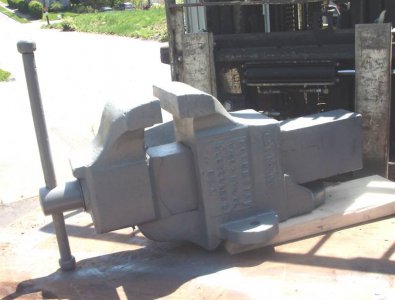- Joined
- Dec 26, 2016
- Messages
- 2,016
I used to think the most common weakness in DIYer type/shop vises is the dynamic jaw breaking off but after watching this video, the spindle seem to snap first ,some of the vises in this video are (in my opinion) a crime to destroy but he went ahead and,, well,,,,, watch and cringe:
Last edited:


